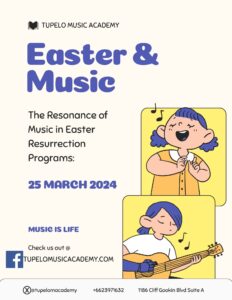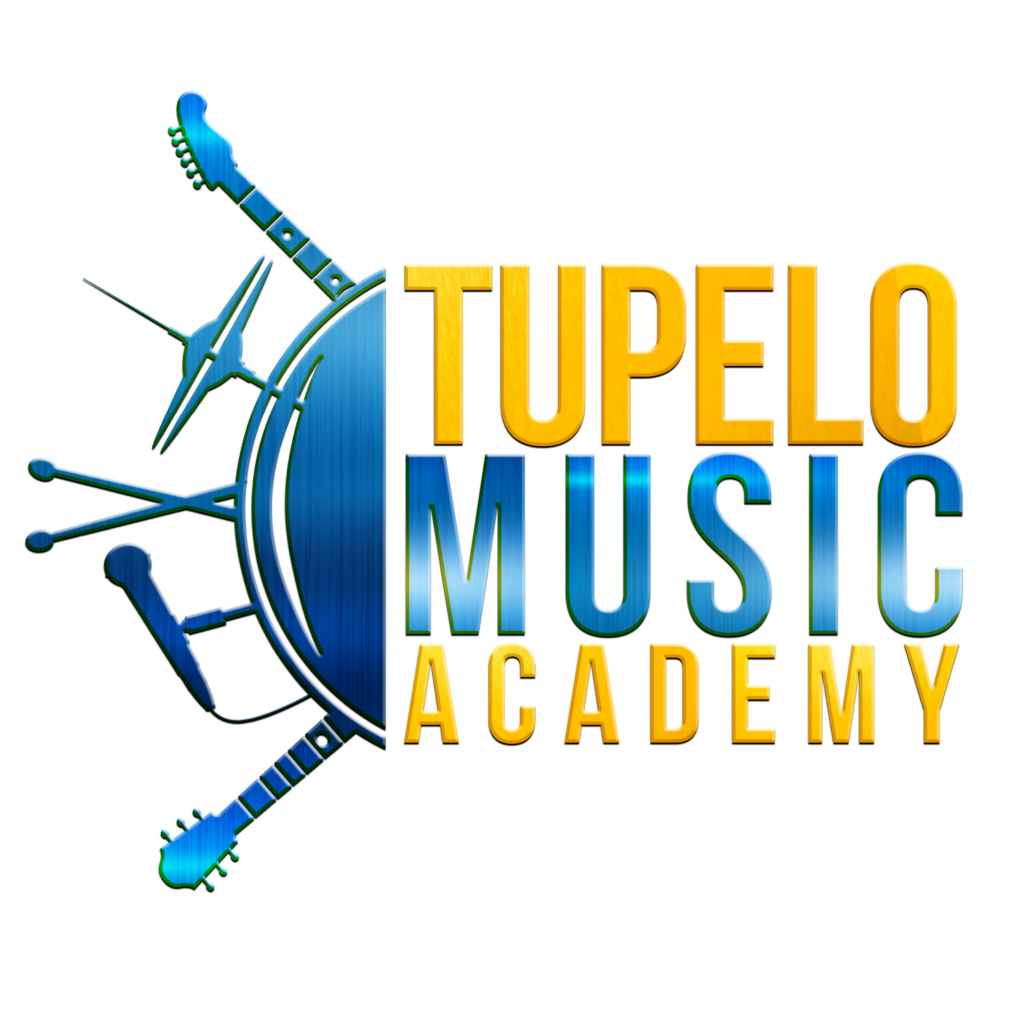
As a music teacher, I’ve witnessed firsthand the profound impact that music can have on the Easter season, particularly within the context of resurrection programs and services. Easter, the cornerstone of the Christian faith, marks the celebration of Jesus Christ’s resurrection, a pivotal event that embodies hope, renewal, and redemption. In this article, I delve into why music plays such a vital role in capturing the essence and significance of Easter within these programs.
Music has a unique ability to evoke emotions, transcend barriers, and communicate messages with unparalleled depth and resonance. In the context of Easter, where themes of sacrifice, salvation, and triumph are central, music becomes an indispensable tool for conveying the essence of this sacred occasion. Whether through traditional hymns, contemporary worship songs, or instrumental arrangements, music serves as a vehicle for expressing the profound truths and sentiments of the Easter narrative.
One of the primary reasons music holds such significance in Easter resurrection programs is its capacity to inspire reverence and awe. Through solemn melodies and powerful lyrics, music creates an atmosphere of worship, inviting congregants to reflect deeply on the meaning of Christ’s sacrifice and resurrection. From the haunting strains of “Were You There?” to the triumphant refrain of “Christ the Lord Is Risen Today,” each musical piece serves to deepen the spiritual experience and foster a sense of connection with the divine.
Music has the power to unite communities and foster a sense of belonging. In Easter resurrection programs, congregants from diverse backgrounds come together to worship and celebrate a shared faith. Through communal singing and participation in musical performances, individuals find common ground and solidarity in their beliefs, reinforcing the bonds of fellowship and kinship that are integral to the Easter experience.
Its emotive and communal aspects, music also serves a practical function in Easter resurrection programs by enhancing the storytelling aspect of the narrative. Through carefully curated musical selections and thematic arrangements, music helps to illuminate key moments in the Easter story, from Jesus’ triumphant entry into Jerusalem to the poignant scenes of his crucifixion and resurrection. By weaving together melody, rhythm, and harmony, music brings the biblical narrative to life in a vivid and compelling manner, engaging the senses and igniting the imagination.
We have to say , music has the power to evoke a sense of hope and renewal, themes that lie at the heart of the Easter message. Through uplifting melodies and lyrics of faith, music reminds believers of the transformative power of Christ’s resurrection and the promise of new life that it brings. In times of darkness and despair, music serves as a beacon of light, guiding individuals towards a renewed sense of hope and purpose.
I will end with this …music plays a pivotal role in Easter resurrection programs by capturing the essence and significance of this sacred occasion. Through its emotive power, communal nature, storytelling capabilities, and ability to inspire hope, music enriches the Easter experience and enables congregants to engage more deeply with the profound truths of the resurrection. As we gather together to celebrate the triumph of life over death, let us allow music to uplift our spirits, unite our hearts, and draw us closer to the transformative message of Easter.
Happy Easter
Terrence
The Music Master
